
CARAVAGGIO
The Incredulity of Saint Thomas, 1600
“In training aimed at enhancing the powers of perception it should be emphasised that a superficial search for meaning may result in overlooking the significance of fact or events, while an obstinately thorough search for meaning may lead to errors caused by rationalization, which can alter the significance of what has been observed or considered. Examples may be indicated of disastrous decisions, taken not only as a result of cynicism or due to a lack of responsibility and caution but also determined by psychic processes involving absurd forms of rationalisation or unconscious repression aimed at preserving our personal tranquillity.”
Edgar Morin’s views may also be quoted to describe the inner motivations that induced Thomas to place his finger in Christ’s side wound.
Whether it is simple curiosity, excessive diffidence or even too great a desire to discover the meaning of an event in what appears clearly evident (or barely evident) to everyone, the fact remains that Thomas’s emblematic gesture is typical of individuals who wish to avoid falling prey to illusion, errors of evaluation and propositions often presented as dogma or absolute truths.
The visual content of the painting called The Incredulity of Saint Thomas can be seen as taking the form of a small treatise on symbolic geometry. From this work emerges the knowledge of what it means to expand comprehension through an evolution of our critical, intuitive and cognitive powers of perception: capacities that are indispensable if we wish to directly access or “touch” the source of truth.
From the wound issues forth the water and wine* of Christ: that is, of the alchemist who fully completes the entire process of transformation whereby the individual mind is raised to the height of the “universal mind”, which is capable of communicating love and knowledge through symbols, parables and the rituals of initiation.
We would suggest that something that “we know” or knowledge itself is never a faithful representation of what the searcher’s intuition was capable of unravelling, grasping and finally codifying in words or theses, syntheses, allegories, metaphors and symbols.
“A piece of knowledge is never a mirror of life or the external world. All perceptions are at one and the same time “translations” and cerebral reconstructions, which start from captured stimuli or signs that are codified through the senses.”
Through vision, our most reliable sense, the brain acquires countless errors of perception, which accumulate and crystallize over time through laziness, indolence and apathy and on account of our mental state. What determines acuteness of perception is the subjective mental state that is subordinate to the presence of the “three dragons”, which can disturb self-perception and deform reality. The first dragon impedes the transmutation of laziness, apathy and indolence into curiosity, or a desire to understand and explore the world with the faculty of creative imagination. The second dragon represents unconscious aspects of the personality which inhibit the natural flow of psychic and mental energy along the pathways of sensorial and cognitive perception.
The third dragon is the most difficult obstacle to remove. Deeply-rooted beliefs and specific thoughts or emotions and fears, our defence mechanisms, conflicts, complexes and such instinctive factors as greed, pride and aversion can create profound distortions in the process of decoding what we perceive and memorise.
This then is the “psychic” element which Caravaggio decided to sever and present as the first act of purification of thoughts in which prevail a will to dominate the desire to know the truth.
Errors of perception may be compounded by errors of the intellect. Renaissance art was produced by the psychic sensibility of artists who were capable of directly experimenting the dualism which exists, let’s say, between a David’s intuitive intellect and an intellect subservient to a Goliath’s tyranny. Western knowledge, which manifests predominantly through rational thought, is the result of a “translation” or reconstruction of truth through the creative faculties of logical and symbolic language. This knowledge is thus subject to the risk of error. Such a form of knowledge, at the levels of the “translation” of thought and the decoding of concepts, introduces defects of interpretation of the subjective mind, the faults of its vision of the world and the faults of its principles of knowledge.
Caravaggio is not interested in expressing an intellectual opinion; he forgoes a personal point of view and avoids becoming too involved in the decisions of his clients regarding the content of his work. He thus discovers the “law of synchronicity”, which offers him, with surprising timeliness, an opportunity to investigate, through his critical intuition, the truths concealed in content inspired by religious or mythological topics. The abandonment of intellectual control over the world through the imposition of systems of ideas, doctrines and ideology is an esoteric act of fundamental importance in alchemical philosophy. The choice implies defeating the arrogance of Goliath, and Caravaggio thus engraves on David’s sword the letters “HAS O S” to remind us of the motto humilitas occidit superbiam.
Containing the intellectual vanity of the “peacock” inside the vas hermeticum of the mind allows our perception to evolve and develop into a form of intuition aware of sentiments, emotions and critical knowledge and leads us towards a “trans-logical comprehension” of the world.
Caravaggio ventures beyond the limits of rationality and our desire to organise our knowledge of the world, and virtually promotes the “death and transformation” of the critical and speculative intellect within the creative mind, which is eventually capable of interrogating the symbols and signs of the times.
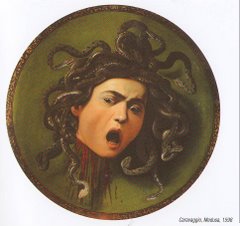
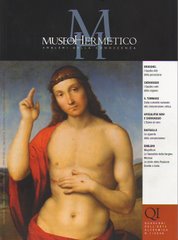

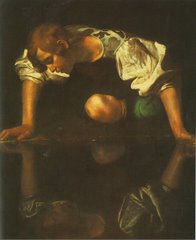
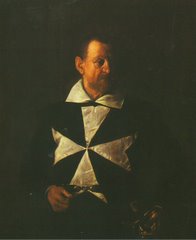
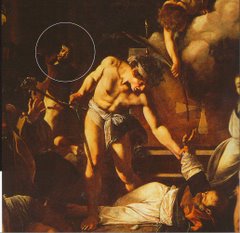
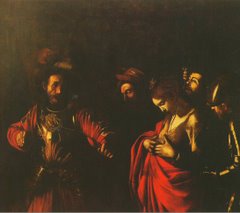



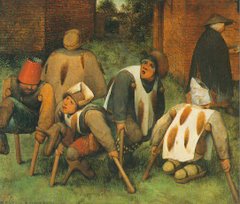
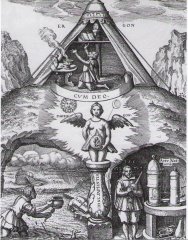

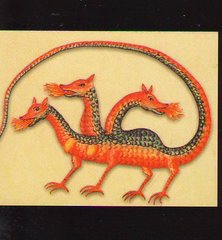
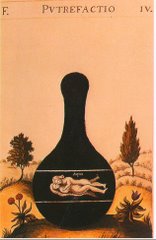

Nessun commento:
Posta un commento